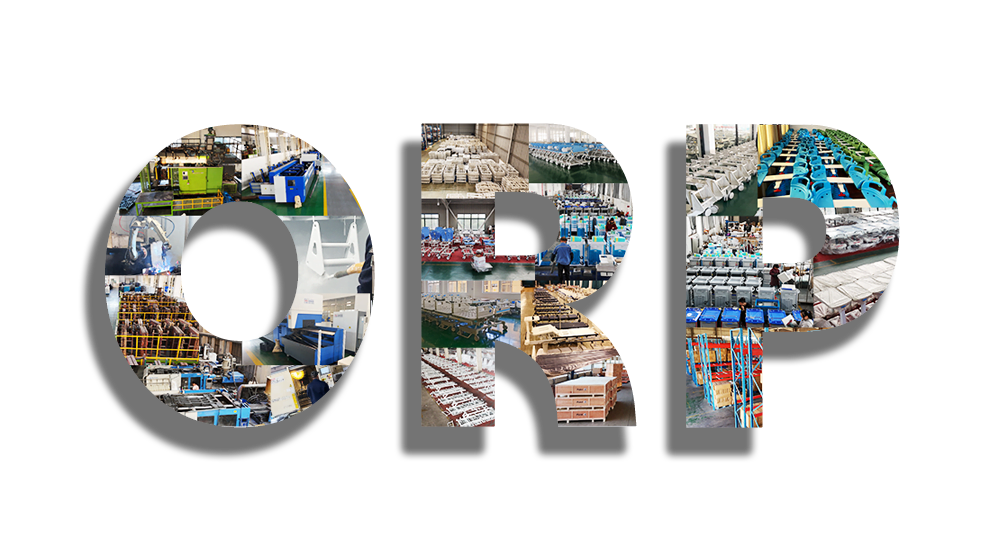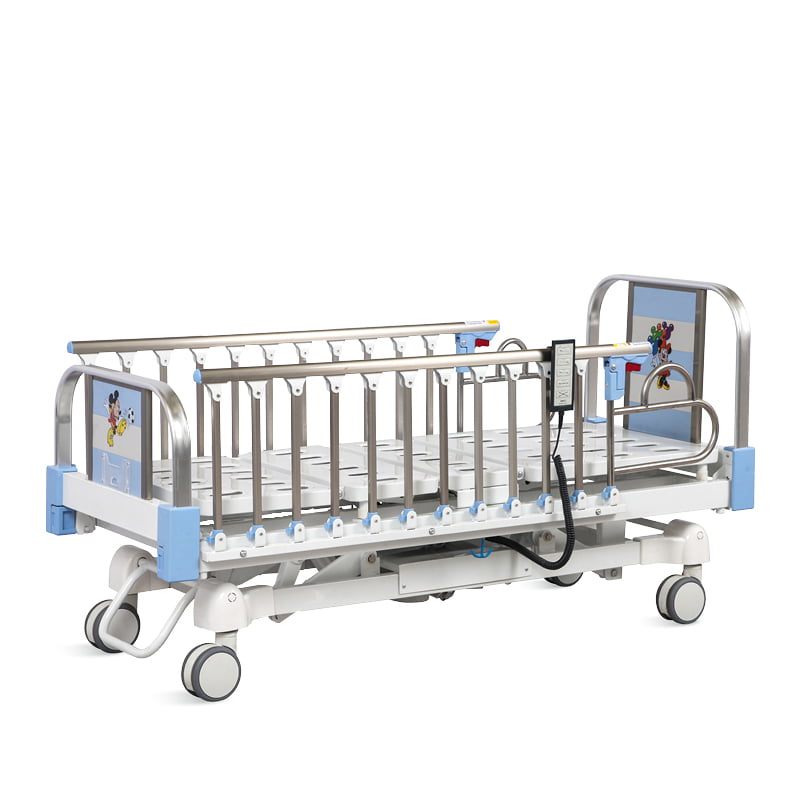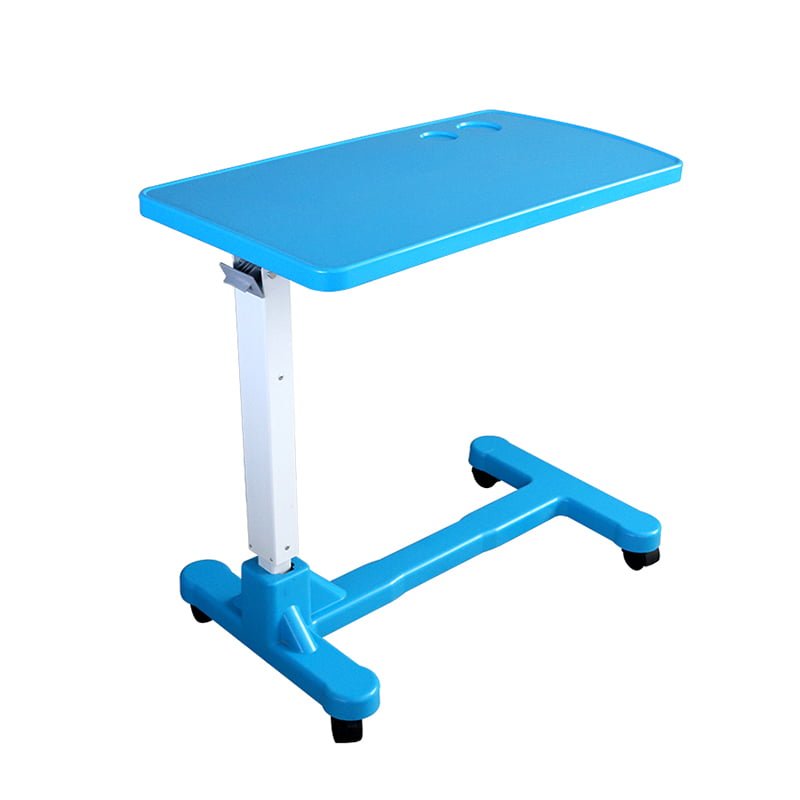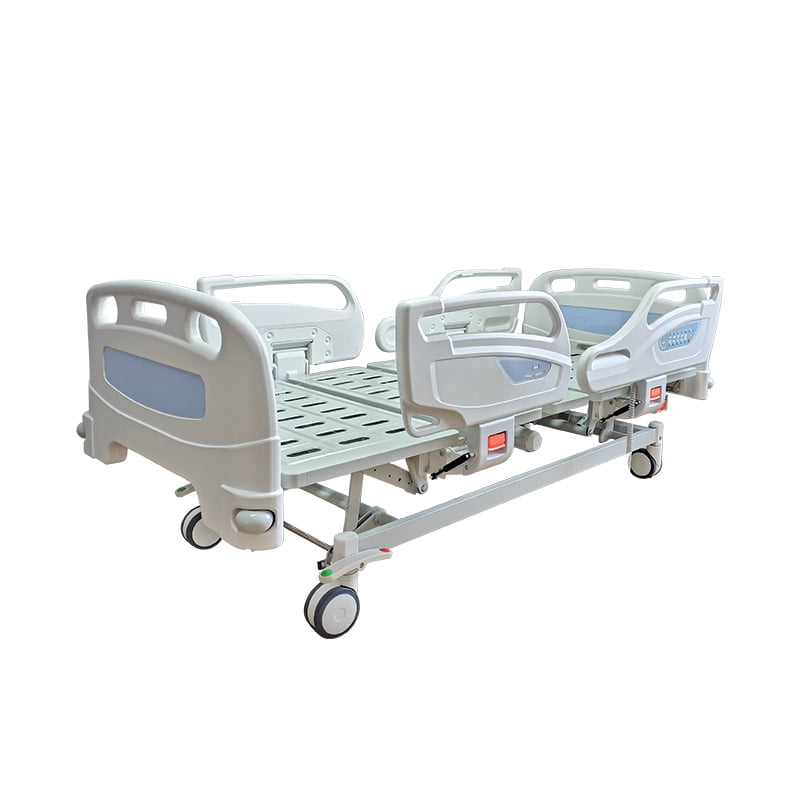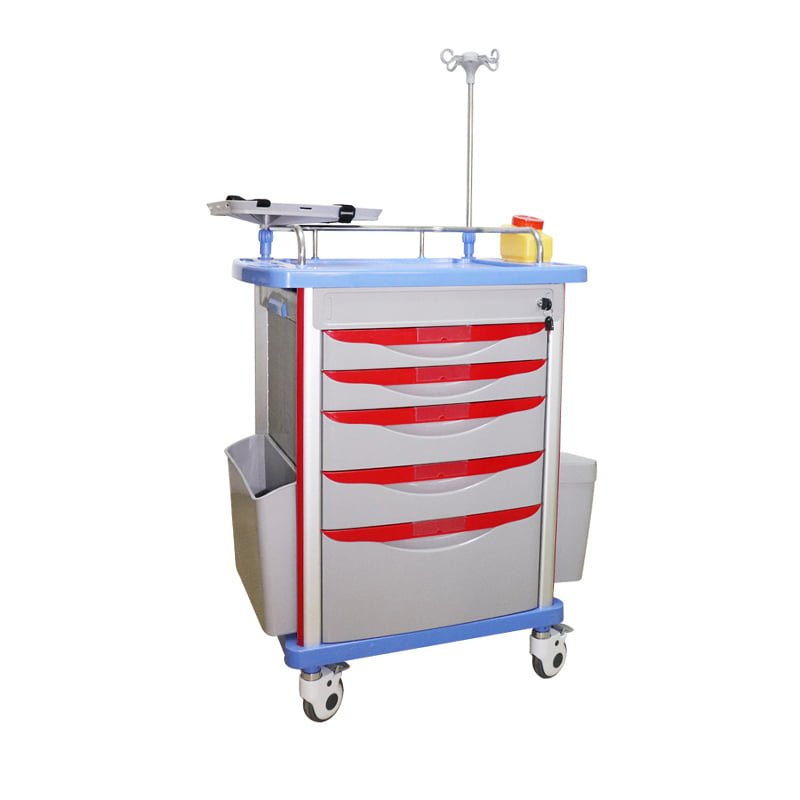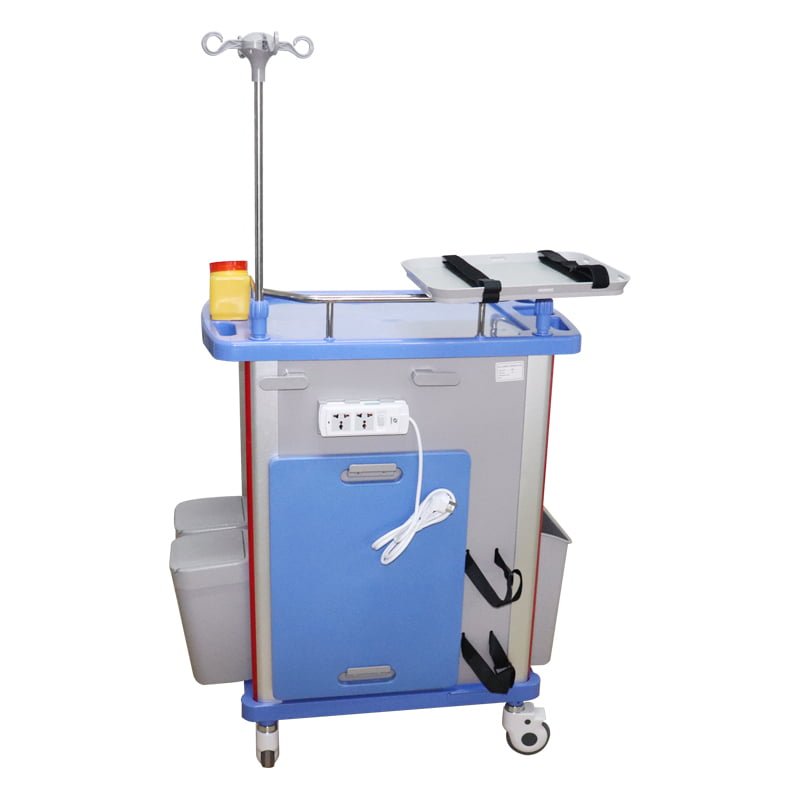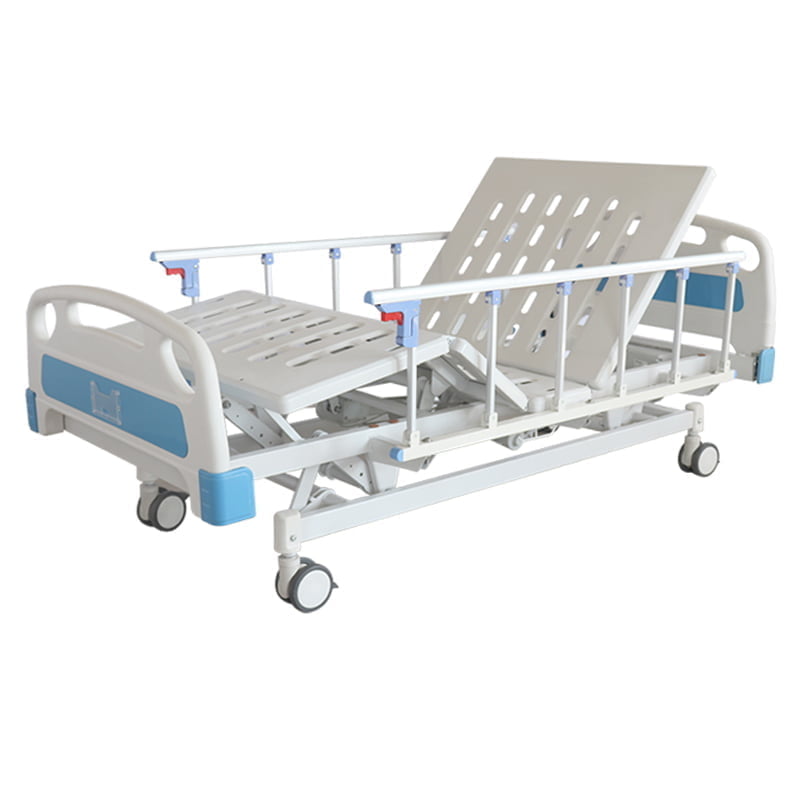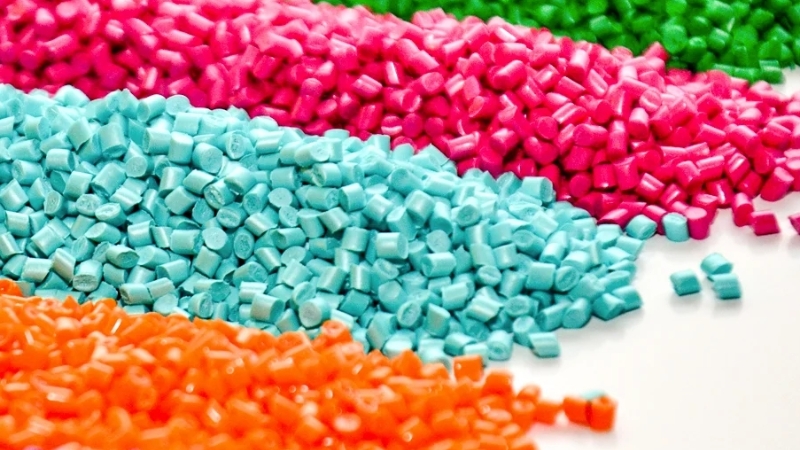
Material selection is crucial for ensuring product performance, safety, and durability. For key components such as the head and foot boards of hospital beds, side rails, and medical carts, the choice of material not only impacts the functionality of the product but also affects the convenience of medical operations and patient comfort.
Here is an analysis of the advantages of three commonly used materials—Polypropylene (PP), High-Density Polyethylene (HDPE), and Acrylonitrile Butadiene Styrene (ABS)—to assist medical device manufacturers in making the best choices for different application scenarios.
Polypropylene (PP)
Polypropylene widely use in non-load-bearing components of medical devices, such as the head and foot boards of hospital beds. The advantages of PP include:
- Lightweight: PP has a low density, which helps reduce the overall weight of the equipment.
- Chemical Stability: Resistant to various chemical solvents, bases, and acids, making it suitable for hospital environments.
- Cost-Effectiveness: Offers lower production costs, making the products economical.

High-Density Polyethylene (HDPE)
HDPE is used in manufacturing parts of medical devices material selection that require higher durability, such as hospital bed side rails. Its main advantages include:
- Impact Resistance: Maintains excellent impact resistance, even at lower temperatures.
- Resistance to Environmental Stress Cracking: Maintains good stability under various environmental conditions.
- Corrosion Resistance: Resistant to a variety of chemicals, suitable for the demands of medical environments.

Acrylonitrile Butadiene Styrene (ABS)
ABS is a high-performance medical material selection widely used in medical carts and other equipment that require high durability and aesthetics. Its advantages are quite pronounced:
- High Strength: Provides excellent rigidity and hardness, ensuring the stability of the equipment.
- Superior Surface Finish: Capable of achieving a smooth surface treatment, easy to clean and disinfect.
- Good Dimensional Stability: Maintains consistent dimensions under changes in temperature and humidity, ensuring reliability over long-term use.

Below is a comparative table showcasing key properties and considerations for Polypropylene (PP), High-Density Polyethylene (HDPE), and Acrylonitrile Butadiene Styrene (ABS) in medical device manufacturing:
| Property | Polypropylene (PP) | High-Density Polyethylene (HDPE) | Acrylonitrile Butadiene Styrene (ABS) |
| Price | Economical, low cost | Moderately priced, cost-effective | Generally more expensive than PP and HDPE |
| Toughness | Good resistance to fatigue | Excellent impact resistance, especially at low temps | High durability and scratch resistance |
| Color Options | Easily colored, wide range available | Fewer color choices, suitable for neutral/dark tones | Wide range of colors and finishes, high-gloss options |
| Chemical Resistance | Resistant to many chemicals, acids, and bases | Resistant to most common chemicals and moisture | Good resistance to non-acidic chemicals |
| Sterilization | Can withstand sterilization processes | Resistant to most sterilization techniques | Resists most common sterilization processes |
| Environmental Impact | Recyclable, lower environmental footprint | Highly recyclable, resistant to UV and weathering | Recyclable but less environmentally friendly than PP/HDPE |
| Manufacturability | Easy to mold, customize, and produce | Easy processing in extrusion and molding | Easily machinable, ideal for complex designs |
| Low Temperature Performance | Maintains performance at moderate low temps | Excellent performance at low temperatures | Good performance |
| Heat Resistance | Moderate, suitable for many applications | Lower than ABS, but suitable for non-high temp areas | Superior heat resistance, suitable for high-temp applications |
| Impact Resistance | Moderate, suitable for non-load-bearing parts | High, especially in components needing robustness | Very high, ideal for protective and stressed components |
| Aesthetic Flexibility | Smooth finishes achievable, versatile in design | More limited in finish and gloss | Excellent aesthetic properties, high gloss achievable |
| Ease of Modification | Flexible in processing and modification | Good, adaptable to various manufacturing techniques | Excellent, easy to glue, machine, and finish |
Moreover, next on display are ORP MEDICAL’s medical material selection: PP/ABS/HDPE headboards and guardrails. If you’re interested, jump to the details link to learn more about the device.


